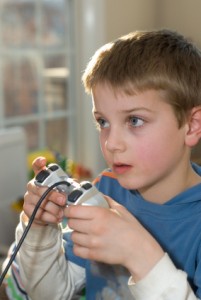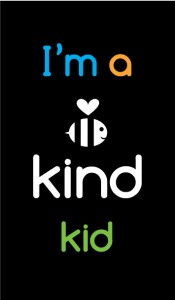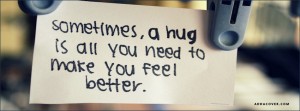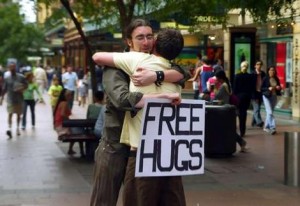It’s hard to say which TEDtalk is my favorite since I unfortunately haven’t really experienced TEDtalks until recently. However, the ones that I have been exposed to and the ones that I explored have been extremely thought provoking and intriguing. Brene Brown’s moving, humorous storytelling on human connection and our ability to empathize, belong, and love due to deep insight on her research that revealed the power of vulnerability stuck out to me in particular. With her personal tale of the struggle of her years of research on this fundamental component of human connection, vulnerability, I was sucked in immediately. Vulnerability is something I absolutely hate. I don’t think anyone in particular likes the feeling of being vulnerable as it is uncomfortable, revealing, and quite honestly avoided at all costs in our society today. However, Brown’s research reveals some shocking results on the importance of this vulnerability.
She started off the talk with the reason we are all here on this world – connection. Starting off the talk with the “meaning of life” topic already got my brain thinking and super interested in where she was going with this. As I was thinking about this we as humans really are here to feel connected and be in relationship with each other and in relationship with the Earth. However, people encompass shame, this fear of disconnection and unworthiness that is something nobody desires to talk about, however, the less you talk about it the more you have of it. With these feelings of I’m not good enough can lead to a vulnerability of insecurity and not allowing yourself to be totally seen as who you are.
This idea of vulnerability intrigued Brown and so she decided to take the results of only the people with worthiness, people that lived that way, seemingly whole-hearted people and found that they were filled with courage, compassion, and connection. However, what stood out even more was they full embraced vulnerability. They had this ability to believe that what made them vulnerable made them beautiful. The willingness to say “I love you” first or willingness to present in front of a large crowd or willingness to invest in a relationship that might not work out may not be comfortable but necessary and fundamental. Because we live in a vulnerable world. These people she interviewed saw that vulnerability and tenderness were necessary and walked right into it, creating a birthplace for love, creativity, connection.
Brown was horrified. She was a cut-throat researcher who had a plan and execution strategy for everything so when she discovered the only way to be happy was through vulnerability she had an ultimate breakdown. I mean heading to the best therapist in town kind of breakdown. We as humans, especially in America (as we block out the fact that we are the most in debt, obese, addicted, and medicated in human history), numb vulnerability. However, this is a major problem actually which surprised me and kind of worried me because I tend to block out a lot of the emotions I don’t want to feel like sadness or anger. But Brown points out we cannot selectively numb one emotion; if you numb out the tough ones then you also numb the pleasant ones such as happiness, gratitude, and joy. Then we are miserable, looking for purpose, meaning and connection.
I was going to end the post there but that is just ending on such a sad note! This TEDtalk is not sad don’t worry it is just extremely thought-provoking and stimulating to be aware of this numbing of vulnerability we have in today’s society and the necessity to instead embrace vulnerability in order to live to our full happiness potential. Take risks, feel the vulnerability, and realize that you are sparking creativity, self-confidence, and the ability of connection to others – our ultimate goal as humans!
 hard time noticing facial expressions, tones of voice and body language that can show different emotions within people so they are unable to react to those feelings in others.
hard time noticing facial expressions, tones of voice and body language that can show different emotions within people so they are unable to react to those feelings in others.


